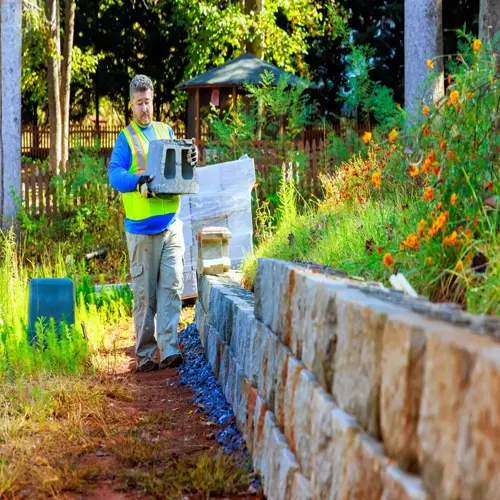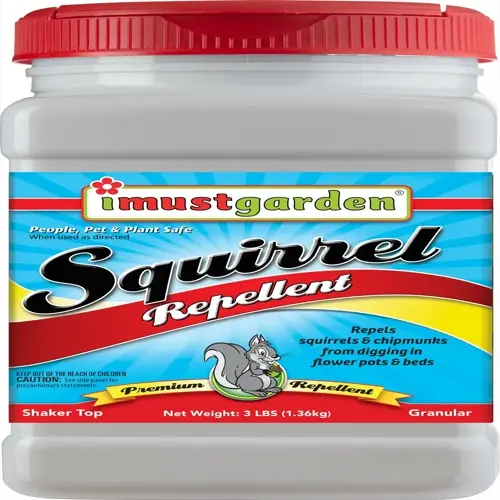At what temperature should I start protecting sensitive plants?

Written by
Benjamin Miller
Reviewed by
Prof. Samuel Fitzgerald, Ph.D.To protect your plants, it is helpful to know their cold tolerance limits. Tropical species like hibiscus, require protection at 40°F (4°C). Vegetables and seedlings require protection at 35°F (2°C). Hardy plants are usually fine around 20°F (-7°C). I watch for these with a wireless thermometer.
Plants are damaged by temperature drops, which cause ice crystals to form inside individual cells. Since tropical plants lack the antifreeze proteins found in cold-hardy species, their cell membranes will rupture if temperatures drop below freezing and ice crystals form. This results in blackened leaves the following morning. Monitoring protects sensitive varieties from irreversible damage.
Digital Thermometers
- Place sensors 6 inches above soil near plants
- Set alerts for critical thresholds via smartphone apps
- Check calibration monthly for accuracy
Microclimate Mapping
- Identify cold spots where frost forms first
- Note elevation changes: valleys collect cold air
- Track sunrise exposure for faster warming zones
Dew Point Analysis
- Monitor when dew points drop below 40°F (4°C)
- Low humidity increases frost formation risk
- Use weather station data for precision tracking
Use protection before they reach critical temperatures. Cover the plants while they still have the heat of the day in them. With tropicals, I start moving them at 45°F (7 °C). I organize my garage space when forecasts indicate a drop from daytime highs of 50°F (10°C) to overnight lows.
In terms of hardy plants, they respond to a variety of techniques. Applying layers of thick straw mulch around the roots when temperatures start to drop below 28°F (-2 °C). Thick straw will insulate them, but not suffocate them. Only cover them during unusual frigid snaps when temperatures start to hit 20ºF (-7ºC). Hardy plants have evolved with their natural defense mechanisms for light frosts.
Recovery is contingent upon a rapid and timely intervention. After cold weather conditions, check plants immediately. If the soil has frozen, water trees gently. You should not prune damaged areas until you see new growth. Monitored consistent recovery leads to resilient gardens that survive temperature swings.
Read the full article: How to Protect Plants from Frost Effectively

